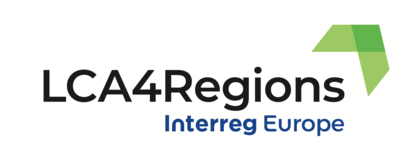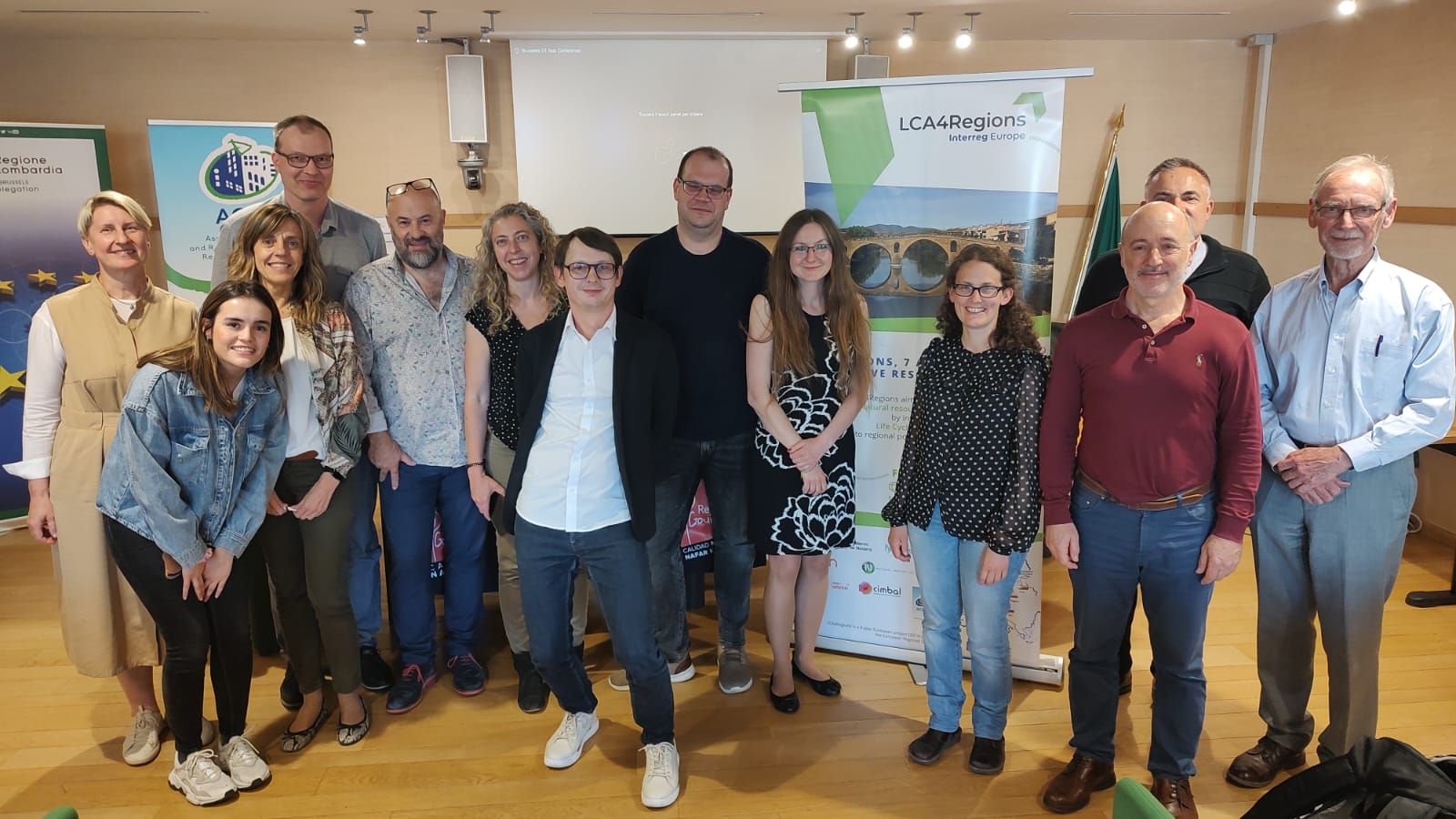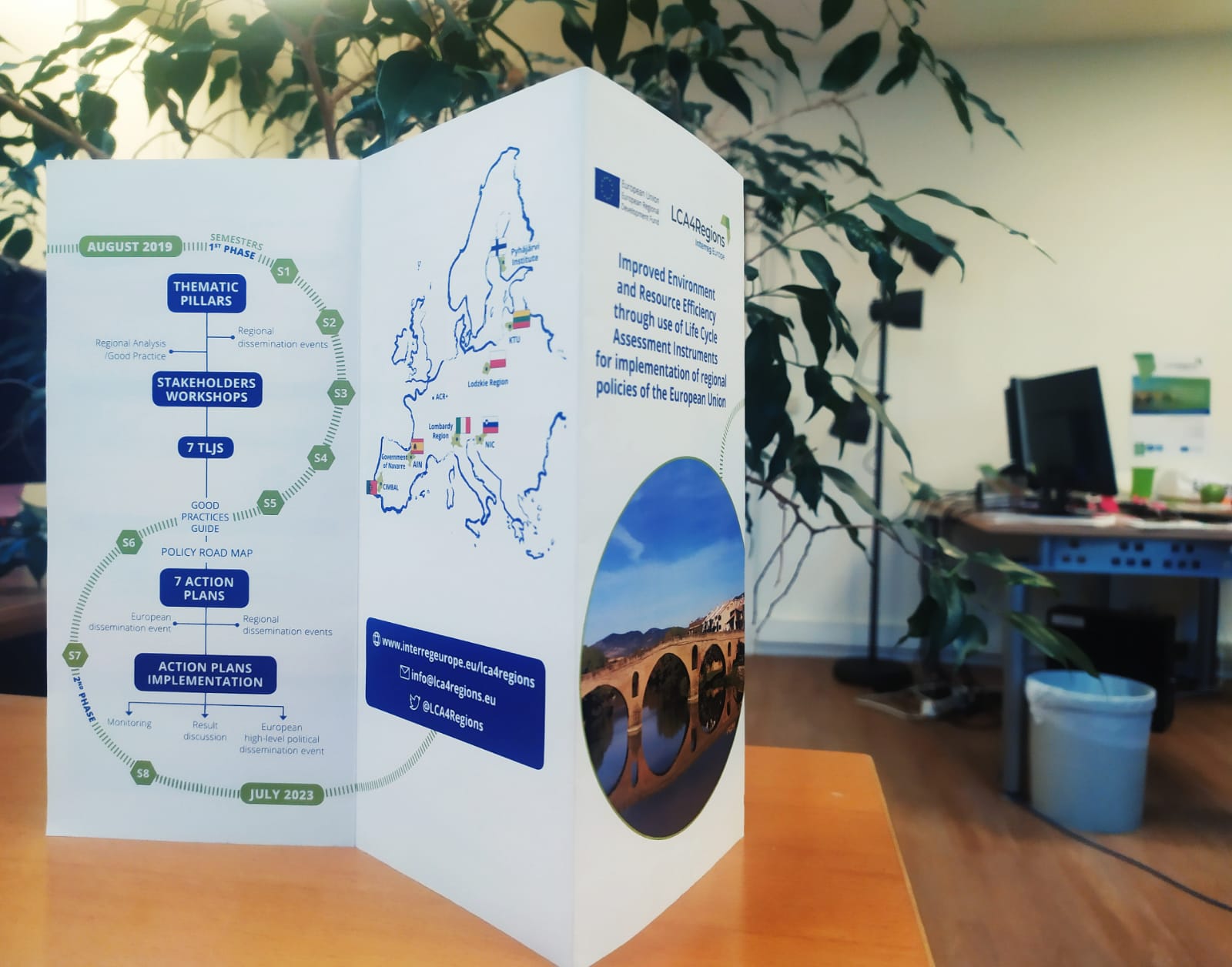Some news from the More Circularity, Less Carbon campaign led by ACR+!
After publishing individual assessments of the three territories of the first cohort (Genoa, Pays de la Loire, Brussels), ACR+ shares a cross analysis of the results.

Production and consumption highest contributors to the waste carbon impacts
Due to local specificities and a different scope of municipal waste data, the three territories of the first cohort of the campaign present some discrepancies not only for waste generation and composition but also in the organisation of waste treatment which leads to different carbon footprints.
Nonetheless, the carbon footprints still present similar trends. Genoa, Pays de la Loire and Brussels all boast a positive or neutral impact thanks to their efforts regarding end-of-life and recycling. Unfortunately, these savings of carbon emissions are limited compared to the total footprint since most impacts are linked with the production and consumption of products.
Textile, food, and plastic to be targeted to improve the carbon footprints
Recycling performances of the three territories are satisfactory; nonetheless it is possible to improve them, in particular to achieve a significant reduction of carbon emissions. The question is which waste fraction should then be tackled, and how? The most carbon-intensive fractions are actually similar for the three territories: textile, food, and plastic. For some fractions, recycling has a limited potential impact to reduce the total footprint of the whole life cycle. The main potential for improvement rather lies in prevention and re-use measures as well as actions tackling production and consumption than in measures only tackling the end-of-life of products or focusing on diversion from landfills. To make circular economy more effective in tackling climate change, clear and ambitious prevention and re-use targets will be necessary. For instance, the territories involved in the first cohort will have to reduce their municipal waste generation by 20% to reach the -25% target set by the More Circularity, Less Carbon campaign, or decide to only focus on priority fractions and set for these even more ambitious reduction targets.
Although the paucity of local data prevents from better analysing how local specificities can play a role, the cross analysis leads to the assumption that differences in food diets, consumption patterns or recycling methods are likely to have a significant impact on the carbon footprint. These aspects will have to be explored within the next cohorts.
Additional data to be analysed thanks to Cohort 2
The three assessments are a first step toward a better understanding of the carbon footprint of material resources at local level, as well as of the key actions to reduce this footprint. More researches will be needed to fully grasp the impact and potential for reduction for the carbon-intensive fractions, and how local and regional authorities can best contribute to mitigate these emissions.
This is why additional cohorts are foreseen. It will enable ACR+ and Zero Waste Scotland to analyse even more local and regional waste data, along with their carbon footprint, and assess how priorities might change from one place to another. Starting with Cohort 2 which includes Navarre.
Since the beginning of the year, Odense Municipality (DK), Navarre (ES), and, working on Ireland as a whole, Eastern Midlands Waste Management Region and Southern Waste Region (IE) are collecting data. Their assessments and a second cross analysis will be published in the coming months.
Follow the More Circularity, Less Carbon campaign on www.acrplus.org/morecircularitylesscarbon or keep an eye on this website as we will be regularly reporting on the progress of the campaign.










